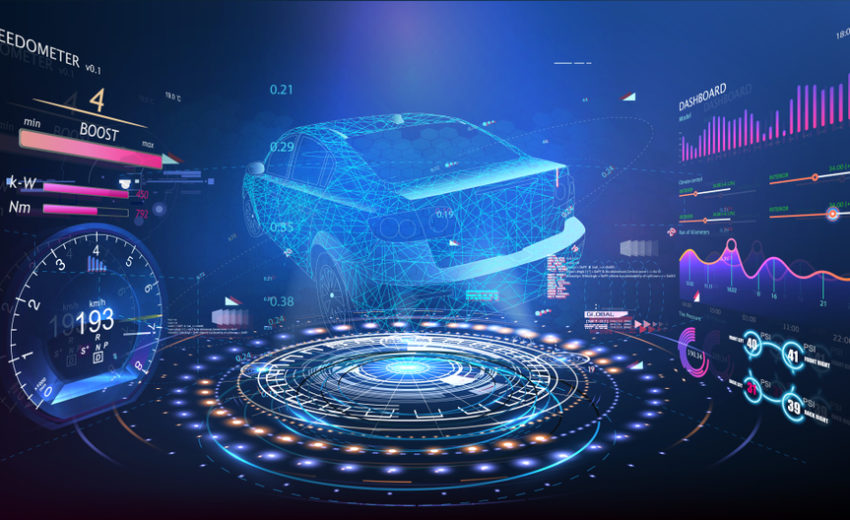
Will Automakers Become Apple, AT&T, or Foxconn?
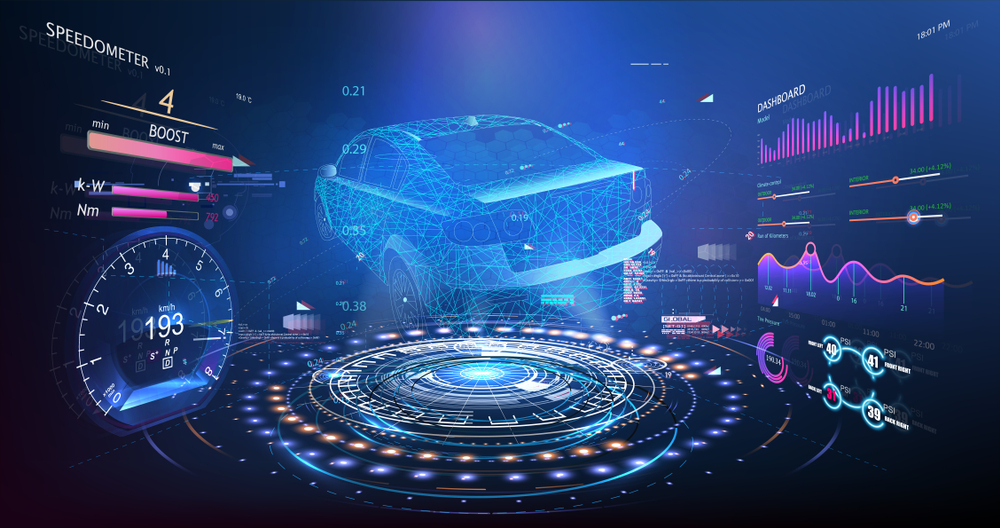
During the automotive industry’s current boom phase OEMs are announcing big, multi-year investments in new vehicle platforms that combine electrification with increasing driving automation. Because under new mobility data and loyalty will become central forms of value, OEMs must also consider deploying the loyalty-enhancing data-driven services these platforms enable. The services they introduce and the business models they use to monetize them will determine whether they become like Apple, AT&T or Foxconn in the customer relationships they develop.
Two years ago, Stephen Zoepf and I had written about the technology and business model decisions automakers will need to make before they can participate in new mobility. In Transportation Transformation I had stated that as mobility starts being offered as a service OEMs will need to transform to mobility services providers in addition to being vehicle providers. Several OEMs experimented with mobility services, for the most part unsuccessfully. After analyzing their recently unveiled ten-year strategies, I concluded that OEMs would continue to operate, almost exclusively, as vehicle providers. But as new mobility advances, OEMs will need to decide what type of relationship they will aim to have with the consumer and what business models will enable them to achieve it.
The demand for personally owned vehicles remains high. Today, eager to protect their health from the pandemic, consumers are buying vehicles often above the sticker price. With demand remaining high, and with pricing and production discipline made necessary by the semiconductor shortage currently facing the automotive industry, automakers are reporting record profits. But the OEMs’ executive teams know that in the era of increased competition, booms don’t last long. Among the issues incumbent automakers must address is how to create operating models that are less cyclical.
Fueled by consumer and corporate interest in zero emission vehicles, certain OEMs are announcing new vehicle platforms that combine electrification with increasing levels of driving automation. These new platforms will usher the software-defined vehicle. Among the radical changes it will introduce, the software-defined vehicle will replace the relatively monolithic lifecycle that dominated vehicle introductions for the past 70 years with three separate ones relating to the vehicle’s software content, its hardware components including the vehicle’s powertrain, and its chassis and body. Chassis and body will change less frequently than in the past (as we are already seeing with Tesla’s Model S). But software and certain types of hardware could be updated as frequently as every 12-18 months, aligning with the technology industry’s lifecycles. With electric vehicles becoming the core of the automakers’ product, and ongoing advances in battery and other related technologies, hardware relating to the powertrain will be updated less frequently than software but certainly more frequently than the chassis and even the vehicle’s body.
The new platforms will be a challenge and an opportunity for automakers. A challenge because these platforms require skill sets, processes and tools the automakers don’t currently possess at the necessary scale. But also a big opportunity because due to these platforms and the lifecycles they enable, automakers will be able to offer data- and software-driven services that provide them with new revenue streams, which depending on the business model used, can be recurring instead of cyclical. As consumers keep their vehicles longer (the average age of consumer vehicles in the U.S. approaches 12 years) the services enabled by the software-defined vehicle will provide automakers with recurring revenue streams to supplement, or even replace, the cyclical transaction models they use today. In addition, by offering such services the OEM will have a continuous opportunity for direct customer interactions. The OEM’s goal should be to offer the “flagship experience” instead of offering the “flagship vehicle” which is today’s practice. Synapse Partners is helping some of its corporate partners to define what the flagship experience will be for their customers. Several industries have already shown that these services carry high margins and the interactions they promote increase customer loyalty. GM had estimated that every percentage point of improvement in customer retention is worth $700 million. As I’ve written before, automakers need to transition from brand loyalty that is tested every few years, to loyalty that is constantly reinforced and continuously measured. But to take full advantage of the relationship-building opportunities provided by the software-defined vehicle requires transformations that we’re not yet seeing to the degree necessary.
You may ask how much could the services-based business be worth? Every year automakers sell in the U.S. 15-17 million vehicles. Assume that by 2025 fifty percent of those vehicles will be based on the new architectures. This means that by 2030, i.e., by the end of the new mobility’s second phase, in the US alone there will be over 37 million vehicles that will be based on new architectures. Further assume that fifty percent of these vehicles will subscribe to vehicle-, driver-, or passenger-centric software-based services. Finally, consider a $20 all-in per vehicle monthly subscription. That is an additional $4.5 billion of annual revenue for the U.S. market alone, with gross margins that can be expected to be at least fifty percent based on our experience with consumer and enterprise software. A $20 monthly subscription may be at the low end of what may be possible for automakers to charge consumers. To put such a fee in perspective, consider that Tesla recently announced a $199 monthly charge to access the Full Self Driving (FSD) feature, GM is currently charging drivers $35 per month for its OnStar concierge service, and Mercedes will charge $576 per year just to unlock the full rear-wheel steering capability of its new EQS model.
GM introduced the first connected vehicles to the market in 1996. Automakers have been capturing data from such vehicles ever since. However, while that low-volume telematics data provided a high-level picture of a vehicle’s health that proved of some value to the OEM, it is not rich enough for the services being envisioned. The data generated by the software-defined, situation-aware vehicle is big in volume and rich in information. It can be used in a variety of applications for entertainment, insurance, predictive diagnostics, marketing, shopping, refueling, and fleet management that cover the spectrum from vehicle consideration, to configuration, sale, and post-sale experience. For example, Ford has identified multimillion dollar efficiencies by leveraging the data it captures from the fleet management application of its Mach-E electric vehicle. Some of our portfolio companies are developing applications for services including fleet management, shopping, marketing, and insurance. They are being licensed by automakers and other members of the new mobility ecosystem to help them create their brand-specific flagship experience.
To monetize these services and the associated data while increasing their customer loyalty automakers must determine what type of customer relationship they will establish and the business models they will use. We identify three alternatives:
- Owning the complete customer relationship (Apple). To achieve this, OEMs will need to provide the entire platform, from the software-defined vehicle to the collection of services. This implies that they will need to develop a Walled Garden of services (accessible through a comprehensive and complementary set of applications, as in Google’s case, or through a super-app, as in Grab’s case). Ideally these services will be monetized using recurring revenue business models through a monthly fee as a suite, or a la carte. The automaker may require an annual commitment, as in the case of Mercedes with EQS’ rear-wheel steering service, or monetize the service on a pay-as-you-go basis. It may also be possible to monetize these services with advertising models or hybrids of a low monthly subscription plus advertising. Spending on Walled Garden advertising is growing faster than the corresponding spending on the web. Over time the automaker’s Walled Garden can be combined with a marketplace of additional third-party applications that, while contributing lower margins, they nonetheless contribute to customer loyalty. This approach will create the biggest conflict between automakers and their dealer networks.
- Owning parts of the customer relationship (AT&T). Under this alternative, the OEM controls some of the vehicle’s architecture and may even become responsible for the movement of data. For example, the OEM may control the vehicle’s electrification platform but not the autonomous vehicle (AV) stack, or the platform responsible for collecting the data from within the cabin during each trip. The recently announced partnership between Ford, Argo AI, and Lyft, and the previously announced partnerships between Toyota and Grab, and between Hyundai, Aptiv, Motional and Lyft are examples of this model. In Ford’s case, Ford will have access to the data of the robotaxis that use Argo AI’s AV stack and are operated by Lyft. It could use the data in applications such as predictive diagnostics. But it will not have access to the data generated by the passengers in the course of using Lyft’s service. The agreement between Toyota and Grab is also similar but relates to Toyota’s ICE vehicles in Grab’s ride-hailing fleet. In these cases the OEM has only a partial ownership of the customer relationship, since it will only be accessing a component of the generated data, particularly missing the data generated by the vehicle riders. As new mobility advances and transportation is increasingly offered as a service, the data generated by the riders will be the most valuable. This alternative will result in fewer monetization opportunities for the OEMs, and lower-margin services.
- Owning little, if any, of the customer relationship (Foxconn). As new mobility advances the OEMs that remain exclusively focused on vehicle manufacturing and systems integration, e.g., integrating third-party infotainment systems into their vehicles but not gaining access to any of the data generated by such systems, will not be able to capture the valuable parts of the customer relationship. While this approach will enable them to continue taking full advantage of their manufacturing know-how and capacity, and operating without undertaking significant transformations, it will not provide them with any additional monetization opportunities or the ability to improve their margins. In these cases, as it happens today, the dealer will be the relationship owner.
In other words, the decisions OEMs make about the loyalty-enhancing and data-driven services the software-defined vehicle platforms will enable, will determine the type of the customer relationship they will establish and the ways they can monetize it. Or, to use an analogy from the smartphone world, will the OEMs become Apple (or Google, Amazon, etc.), ATT (or Verizon, Vodafone, etc.), or Foxconn?

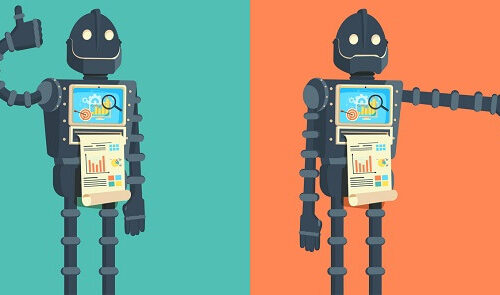
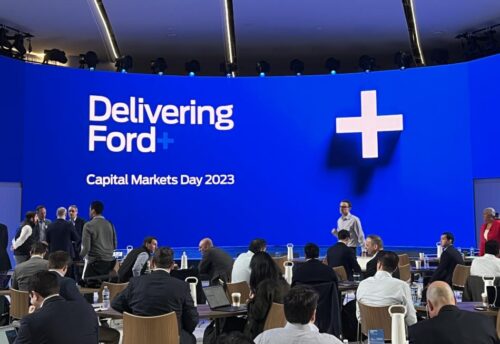
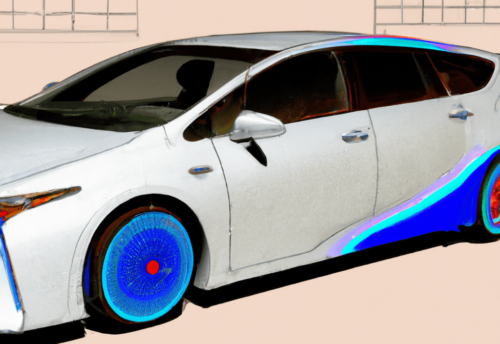
Leave a Reply